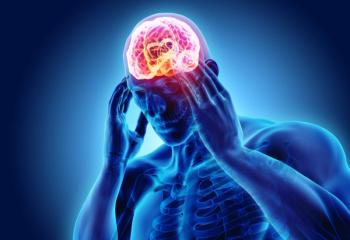
Study: Generic Statins Led to Significant Cost Savings
Across all payers, the use of generic statins has resulted in a savings of $11.9 billion annually.
The use of generic statins to lower cholesterol has saved money across payers within the U.S. health care system, according to a recent
In this study, investigators explored the use and expenditure trends for private and public payers, as well as patient out-of-pocket spending, for five generic statin medications: atorvastatin, rosuvastatin, simvastatin, lovastatin, and pravastatin. They evaluated data from Jan. 1, 2002, to Dec. 31, 2018.
During this timeframe, an average of 21.35 million statins were purchased annually, with an average total annual cost of $24.5 billion. The number of brand-name statin purchases decreased by 90.9% nationally and 27.4% individually after the end of market exclusivity.
“This survey study found that full generic competition of statins was associated with significant cost savings across all major payers within the U.S. health care system, saving $925.60 for individual U.S. statin users annually and $11.9 billion nationwide. The encouragement of full generic competition and early access to generic medication options should be prioritized in future regulatory actions,” wrote investigators, led by Shuo-yu Lin, department of Health Administration and Policy, College of Health and Human Services, George Mason University.
Before the end of their market exclusivity, Zocor (simvastatin) and Lipitor (atorvastatin) were two of the top-selling medicines in the world. Crestor (rosuvastatin) was one of the three most costly drugs for the Medicare Part D program in 2015.
Investigators found that after the end of market exclusivity, the number of brand-name statin purchases decreased across branded statins. For example, the annual prescriptions of Crestor surged to 24.8 million in 2015, with national spending peaking at $8.79 billion in 2014. The first generic for Crestor was approved in April 2016.
By 2018, the number of Crestor purchases dropped to 1.63 million with $0.61 billion in annual expenditures. During the same period, the number of generic rosuvastatin purchases exceeded Crestor, reaching 22.5 million purchases in 2018. Investigators found that private insurance spending on generic rosuvastatin was stable in 2016 to 2017, followed by a surge to $1.61 billion by the end of 2018.
Newsletter
Get the latest industry news, event updates, and more from Managed healthcare Executive.

















































